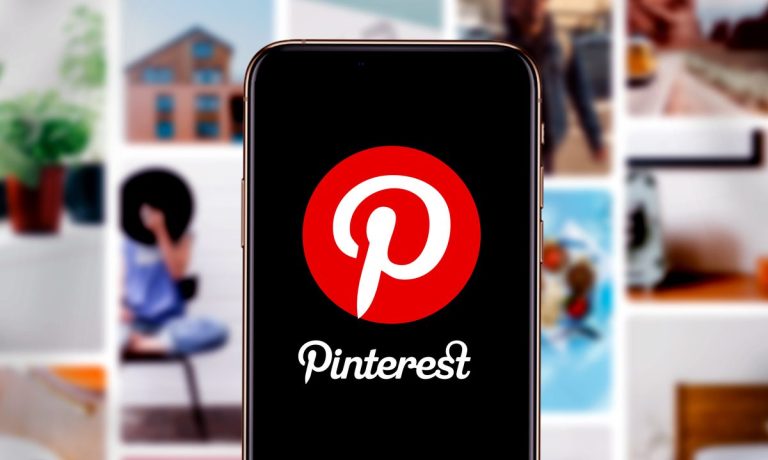Social Media Giants Jockey to Attract Brands, Influencers

With social commerce expected to top $36 billion this year and at least $45 billion next year, retailers are increasing their interest and investment in social media platforms — and those same platforms are dialing in on their efforts to secure consumers’ dollars.
Last week, Pinterest unveiled a slew of new shoppable features, including the ability for merchants to create video-like slideshows of merchandise and a feature called Idea Ads that allows brands to collaborate with influencers and creators, an extension of the Idea Pins launched earlier this year. The image-sharing social media platform also expanded its Verified Merchant program to several new countries, including Brazil, Italy, Mexico, Spain and Switzerland.
Facebook has also been expanding its shopping features, last month giving merchants the ability to put a button on their Instagram profile that lets people message them through WhatsApp. The social media behemoth also plans to begin testing a feature that allows brands to send emails through Facebook Business suit and piloting work accounts to let employees manage business pages without needing to log in with personal accounts.
Read more: Facebook Unveils New Online Shopping Tools
Pinterest says 89% of weekly users utilize the site for inspiration about purchases and are seven times more likely to say it’s the most influential platform in their purchase journey compared to other social media platforms.
“On Pinterest, shopping is about finding what you actually love,” Chief Revenue Officer Jon Kaplan wrote in a blog post. “It’s about discovering products you never even knew existed.”
But Pinterest, which PYMNTS has noted is somewhat late to the social commerce game, is facing a declining user base as consumers reengage with the real world, with monthly active users at the end of the second quarter down 5% from the total recorded three months prior. Facebook said it saw a nearly 2% increase in monthly active users over the same period; Twitter saw a 3.5% rise in daily active users between the first and second quarters.
See: Pinterest Users Bail As CEO Pins Hopes On Its Shopping Future
Meanwhile, TikTok, the favored social media platform for Generation Z, recently surpassed 1 billion global monthly users, though the company did not disclose any demographic information about its base or how much time they spent on the platform on average.
Pinterest Chief Financial Officer Todd Morgenfeld told analysts and investors in July that the company is “still early in the journey” to full monetize shopping engagement but said he’s confident in its approach.
“The engagement we have on shopping services appears to be more resilient than overall engagement,” he said on a conference call. “We plan to continue investing in helping Pinners shop for products they love at a price point they want and in helping merchants get discovered and connected to people who will love their products and services.”
Readers also liked: Commerce Is Fast Becoming The New Battleground For Social Media Giants
Enticing Influencers
Pinterest has focused many of its new initiatives on attracting influencers to its platform, allowing creators to create content on behalf of a company and tag the brand through shoppable Idea Pins. Internal Pinterest research shows that 89% of shoppers are more likely to move forward with a purchase that’s tagged as an Idea Pin compared to those seen in Product Pins, which are created by brands and merchants.
See: Pinterest Lures Influencers With Shoppable Pins
Influencers have become an increasingly important part of brands’ marketing strategy as social media has taken over many ways people interact with friends and family. Stacy DeBroff, founder and CEO of Influence Central, told PYMNTS in a recent interview that she expects to see “dramatic leaps in social commerce” in the coming years, which will create better ways to track how influencers impact sales and consumer preferences.
“It’s a space that you can see all the different trends in the market are all converging to create this moment in time where the very fundamental marketing paradigms for brands are shifting,” DeBroff said. “And influencers happen to be in the whirlpool and centerpiece — that one key component.”
Read more: Social Media Influencers, Once Mocked, Now ‘A Core Strategy’ for Brands